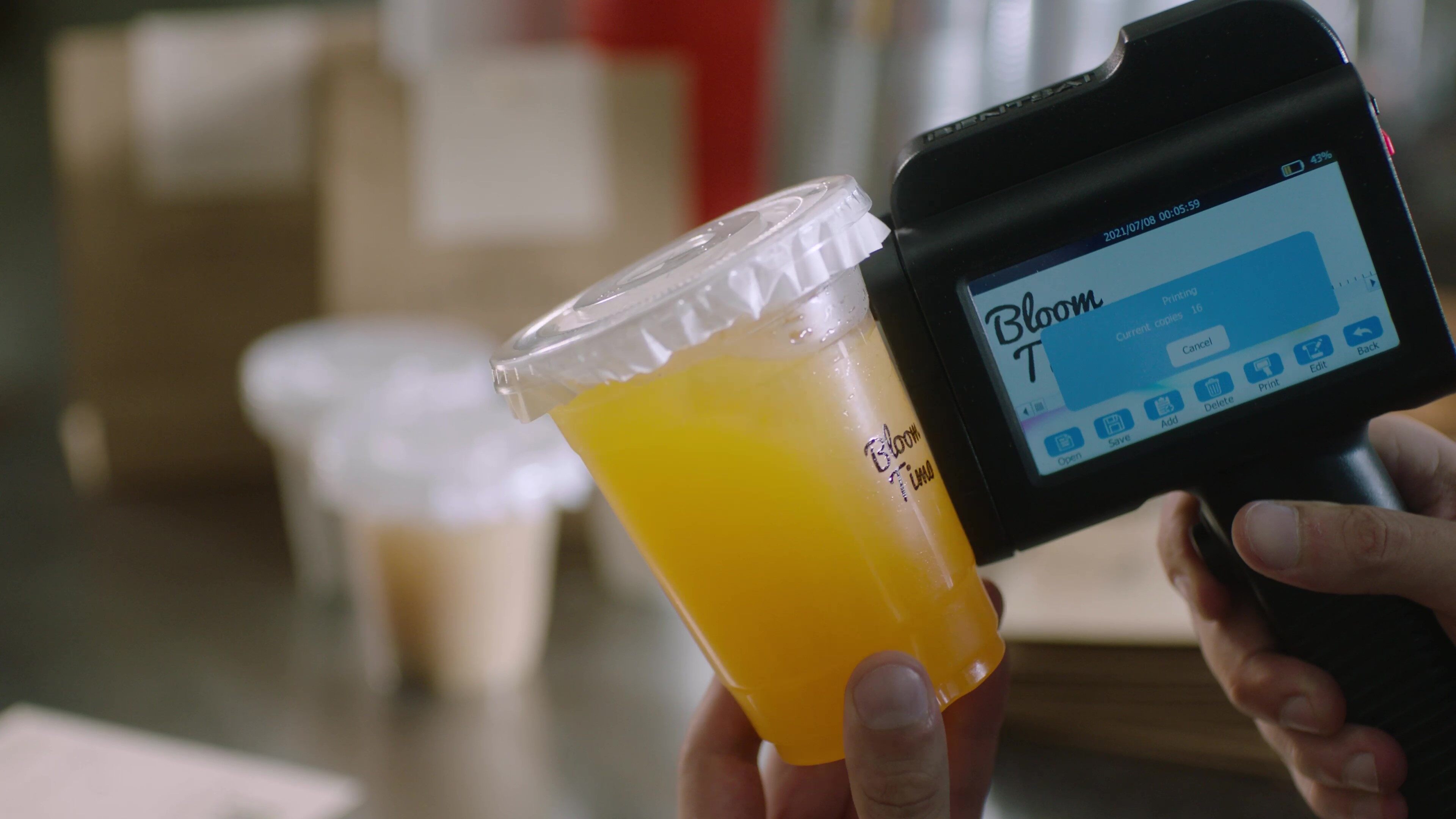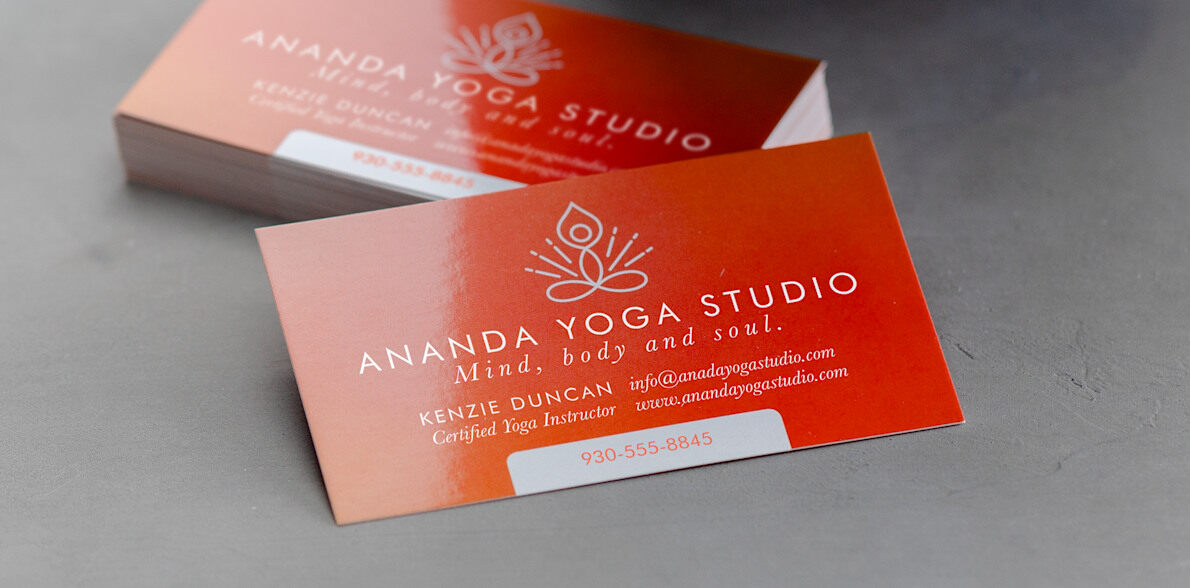A Guide to Printing on Glossy Materials with Handheld Printer
Glossy materials are ubiquitous in both personal and professional settings, captivating the eye with their lustrous finish and vivid color presentation. These materials range from papers and plastics to fabrics and coatings, each offering a unique appeal and functional benefits. When it comes to printing on such type of materials, many people are wondering if they can use a handheld inkjet printer to do the job. So today, we will explore the essence of glossy materials, their various types, and the pivotal role they play across different industries first. And then we will focus on an innovative printing solution - the handheld inkjet printer, to see if it can print on various glossy surfaces.

What Are Glossy Materials?
Before delving deeper, it's essential to understand what we mean by glossy materials. These are surfaces with a shiny, reflective finish that adds vibrancy and depth to images. Common examples include:
- Glossy Photo Paper: Ideal for high-resolution photographs, offering vibrant color reproduction.
- Glossy Cardstock: Used for premium business cards, invitations, and brochures.
- Glossy Magazine Paper: Provides a polished look for magazines and catalogs.
- Glossy Labels and Stickers: Widely used in product packaging for a standout appearance.
- Glossy Inkjet Paper: Specifically designed for inkjet printers to produce sharp, vibrant prints.
- Glossy Vinyl: Popular in signage and vehicle wraps for its durability and eye-catching sheen.
- Glossy Laminate: Applied to various materials for a protective, glossy finish.
- Glossy Plastic Surfaces: Common in consumer products for aesthetic and practical purposes.
Top 8 Applications of Glossy Materials
Glossy materials are favored for their reflective, vibrant finish that enhances the appearance and feel of the printed object. They're widely used across various applications due to their ability to make colors pop and add a premium touch. Here are some common applications:
- Photography: Glossy photo paper is preferred for printing high-resolution photographs because it enhances color depth, contrast, and sharpness, making images appear more vibrant and detailed.
- Marketing and Advertising: Glossy materials are used in flyers, brochures, posters, and business cards to grab attention with a shiny finish that enhances the colors and makes the material stand out.
- Packaging: Glossy labels and stickers are often used on product packaging to attract consumers' attention on retail shelves. The glossy finish can make a product look more appealing and premium.
- Publishing: Magazines and catalogs are printed on glossy paper to give them a polished and attractive look. The glossy finish helps in reproducing images and colors with more vibrancy and clarity.
- Decorative Applications: Glossy vinyl is used for signage, decals, and vehicle wraps because of its durability and the way it makes colors pop. Glossy finishes are also used in interior design, on wallpapers, and laminates to add a lustrous effect.
- Personal and Home Use: Greeting cards, invitations, and scrapbooking materials often utilize glossy cardstock for a premium, festive look. Glossy inkjet paper is also popular for home projects and crafts that require a high-quality print finish.
- Professional Documents: Reports, presentations, and proposals may use glossy covers or inserts to add a professional, high-quality look that stands out.
- Art Reproductions: Artists and galleries often use glossy materials for art prints to replicate the depth and vibrancy of the original works.
These applications leverage the glossy material's ability to make colors appear more vivid and the overall product more eye-catching, contributing to a perceived increase in quality and value.

Can You Use Handheld Inkjet Printers to Print on Glossy Surfaces?
The answer is a solid yes. A handheld inkjet printer can surely print on glossy surfaces, but it also requires attention to several factors to ensure quality and durable prints.
Key Factors to Consider When Printing on Glossy Materials
- Ink Selection: The choice of ink plays a pivotal role. Solvent-based inks are preferred for their quick drying and adherence to non-porous glossy surfaces. Though water-based ink can print on glossy materials, they typically have difficulty adhering to non-porous surfaces like glossy materials. This is because the ink requires absorption into the material to dry and set, and glossy surfaces don't absorb ink well.
- Surface Preparation: Ensuring a clean, oil-free glossy surface is crucial for optimal ink adhesion.
- Printer Settings: For some handheld printers, you may need to customize settings to suit the nature of glossy materials is key for best print quality.
- Drying and Curing Time: Adequate drying time is essential on glossy materials to prevent smudging.
- Handling Post-Printing: Careful handling during the drying phase is important to maintain print quality.

Why Bentsai Handheld Inkjet Printers Excel in Printing on Glossy Material?
Bentsai handheld inkjet printers, including models like the BT-HH6105B2, B35 handjet printer with 1-inch print head and B85 wide format handheld printer, stand out in the realm of glossy material printing, and here're the reasons why:
- Wide Range of Materials: Designed for various surfaces, Bentsai printers handle nearly 95% of commonly seen porous and non-porous materials, including glossy surfaces, makes these printers highly versatile for various applications.
- No Pre-Coating Required: The fact that no pre-coating or pretreatment is needed simplifies the printing process, making it more convenient and time-efficient.
- Advanced Ink Technology: Models like the B35 handheld printer uses solvent-based inks for quick-drying, waterproof, and smudge-free prints, which is essential for applications where the printed material may be exposed to moisture or handling.
- Strong Adhesion: The strong adherence of the ink to surfaces ensures that prints look professional and are resistant to wear and tear.
Conclusion
Now that we've explored the vibrant world of glossy materials, including their different types and diverse applications, we have a clearer understanding of their impact across various industries. Alongside this, our examination of handheld inkjet printers has shown that these devices are indeed capable of printing on glossy surfaces. However, achieving quality and durable prints requires careful consideration of several factors, such as ink selection and surface preparation. By addressing these key aspects, handheld inkjet printers like those from Bentsai can effectively meet the challenges posed by glossy materials, providing flexibility and high-quality outcomes in both personal and professional settings.
Ask Question
No questions and answers

